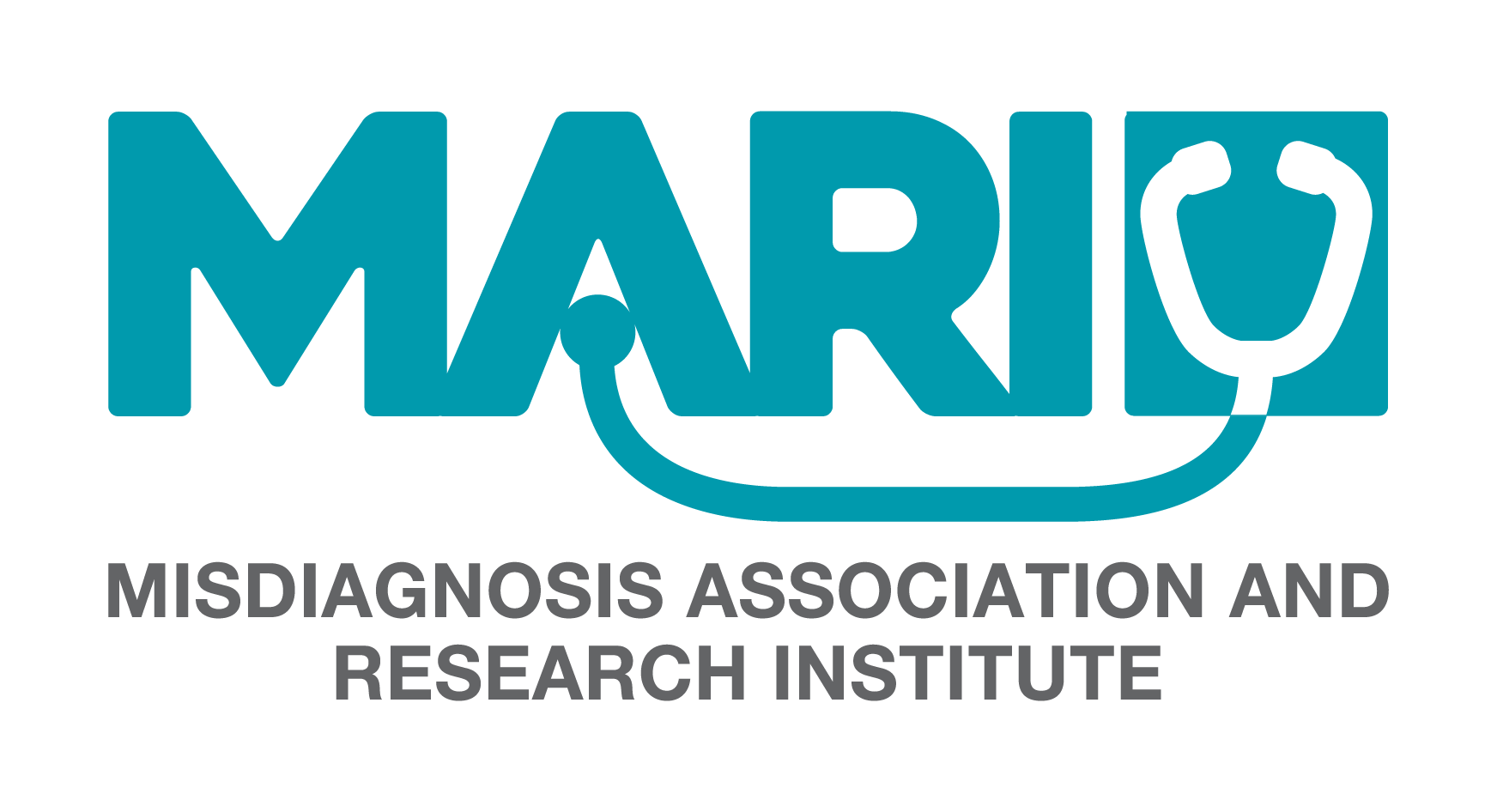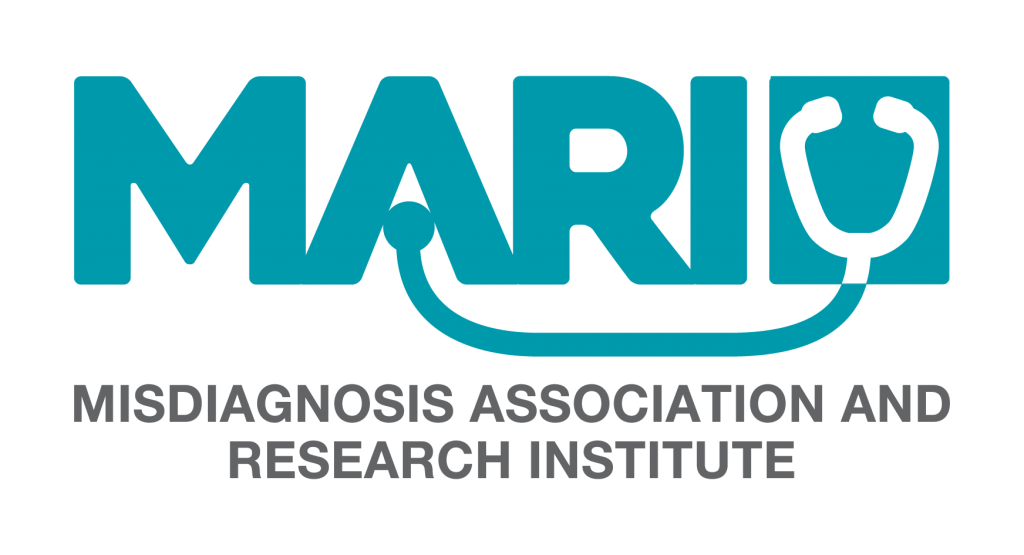Events and News

Cancer
A short history of a severe health condition
In short, cancer is a very severe condition varying in over 100 different diseases. In the case of cancer, cancerous cells can start to develop anywhere in the body and form tumours. We are made of billions of cells which grow, divide and die as a natural effect of life throughout our lifetime. Cancer is the condition in which those abnormal or old cells which are supposed to die don’t die, and our body keeps making new cells. Because the number of cells is not natural anymore, they may crowd normal healthy cells and make the body’s functions more difficult. This is because the growth of cells is out of the body’s control, and this usually happens over time.
It is strongly believed that the origin of diagnosing cancer goes way back to 460-370 BC, and a very well-known Greek physician Hippocrates, also known and considered as the Father of Medicine, used terms like carcinomas and carcinoma as a description of both ulcer and non-ulcer forming of tumours. In Greek, the terms carcinomas and carcinoma refer to the word crab. The reason that Greek physicians called this condition with these terms is believed to be because ancient Greek doctors thought hard cancerous tumours resembled hard-shelled crabs that gripped the body.

According to the American cancer society, the earliest available description of cancer was discovered in Egypt, dating to 3000 BC. Although the word cancer had not originated yet, this discovery was found in a textbook of Egyptian medical experts on trauma surgery. In this part of the textbook, there is a description of 8 cases with either ulcers or tumours in the breast area, which can easily be said that be breast cancer. The textbook describes that the tumours were removed by burning them with a fire drill tool. Also, the textbook implies that there is no treatment for the condition.
The first-time physicians used terms for describing what we now call cancer dates back to the time of Hippocrates or the Father of Medicine. The terms were said earlier in this article. Still, it was not until around 28 – 50 BC that Celsus, a Roman physician translated the terms used by Hippocrates, which described the condition, into cancer.
According to the American Cancer Society, out of each 3 US citizens, one of them is affected by cancer. There are many types of cancer which are named based on where the cells start to be developed. Like prostate cancer, where the cells start growing in the prostate, or breast cancer, where the cells start growing in the breast area. There are also Hematologic cancers which are also known as blood cancers which are cancers associated with blood cells like lymphoma, leukemia and multiple myeloma.
Nowadays, cancer can be treated more effectively, and the number of people undergoing successful treatment is rising. However, there are still cases in which the person has to live with the disease while going through treatments.
Common Symptoms and Signs
Cancerous cells start growing and forming into tumours, also called lumps. However, lumps can also be non-cancerous, called benign, but cancerous lumps are commonly known as malignant.

Tumours and malignant lumps are the main results of any cancer; however, depending on where the cells grow, both signs and symptoms can change. Also, not everything can be caused by cancer, and it can be because of another disease.
For example, a significant part of the immune system is lymph nodes which help capture possibly harmful substances in our body. Naturally, lymph nodes are hard to find because of their minimal size. But an infection, inflammation, or cancerous cells can cause the lymph nodes to get larger, especially those closer to the skin’s surface; they can be felt with the tips of the fingers. In some cases, those lymph nodes may even be swelling or becoming a lump under the skin. However, what leads to them swelling up is that cancerous cells get trapped in them. In any similar case, make sure to consult a professional.
A general explanation of any signs and/ or symptoms of cancer is if you feel like your body is doing something how it shouldn’t, and this condition either worsens or remains for a short time.
The following are among the most common symptoms and signs of cancer in general, which are categorized by their area of affection:
❖ Breast:
- Feeling lumps underneath the skin or under the arms
- Scaly, inflamed, itchy, puckered or dimpled skin
- Changes to the form of nipples or discharge from them
❖ Bowel:
- Blood in the stools
- Sudden changes in habits
❖ Bladder:
- Urination difficulties and pain
- Blood in urine
❖ Skin:
- Lump with a colour of flesh which bleeds or turns scaly
- Changes to existing moles or sudden forming of new ones
- Sores that won’t go away and heal
- Jaundice which is when the skin and/ or the white part of the eyes turn yellow
❖ Neurological:
- Headaches and seizure
- Changes to sight, vision, or even hearing
- Drooping of the face
❖ Mouth:
- Sudden appearance of a patch either on the tongue or inside the mouth, which is usually white or red
- Numbness, the feeling of pain or bleeding from the lip or the mouth
❖ eating:
- heartburn or indigestion after eating
- swallowing difficulty
- stomachache
- nausea and vomiting
- sudden changes in the appetite
❖ Miscellaneous:
- Swelling or lumps anywhere on the body
- Sudden weight loss or weight gain with no reason
- Extreme fatigue, which doesn’t go away even by resting
- Having a fever or sweating at night for no apparent reason
- Hoarseness or cough that lasts
- Sudden bleeding or bruising with no reason

Diagnosis and Treatment
It is recommended for those with a higher risk of cancer go through some screening tests for cancer. That is because if cancer is diagnosed in its earlier stages, it can be treated easier and the possibility of full recovery is higher. However, to diagnose cancer, there are many approaches to diagnosing the person who has cancer and possibly finding out what type of cancer it is.
Physical exam: a lump in some body areas can indicate cancer. Your doctor will examine these possible areas to look for abnormalities and signs of a lump. Those abnormalities consist of changes in the colour of the skin, like Jaundice which is when the skin and/ or the white part of the eyes turn yellow, as we said in the earlier parts of this article or enlargement of an organ.
Laboratory tests: Some abnormalities caused by cancer can be found in urine or blood. Your doctor will ask you to provide the laboratory with a blood or urine sample for further examination. For example, in some cases of leukemia, the test complete blood count, which is a very common blood test, can help with revealing if the person has an unusual number of white blood cells or unusual types of them.
Imaging tests: Through this approach, your bones and internal organs will be examined for any signs of cancer in a non-invasive way. The most common cancer imaging tests are a CT or a computerized tomography scan, MRI or magnetic resonance imaging, bone scan, X-ray and ultrasound and PET or positron emission tomography scan. There are other types of imaging tests for diagnosing cancer, but they are not as common as the scans we said.
Biopsy: in a biopsy, samples of your cells or tissue will be collected by your doctor to be tested and examined in a laboratory. Depending on the type and location of cancerous cells, the procedure of the biopsy exam may change. Your doctor will examine your tissue sample under a microscope to see if the cells are in their uniform (typical) look, where they are mostly similar in size and are orderly organized, or they are different in both the order and their sizes, varying with each other.
As for a cure, there is no definite treatment for cancer, but there are a number of treatments available for this health condition. There are some objectives for treating cancer, and based on these objectives, the treatments may change. These objectives are:
- Cure
- Primary treatment
- Adjuvant treatment
- Palliative treatment

After the goal of the treatment is clear, your doctor may give you either a single method or a combination of cancer-treating methods for you to undergo; here are those cancer treatment methods:
Surgery is used to remove the cancerous tumours and cells from the body for as much as possible
Chemotherapy is also used to attack the cells which are growing fast, like cancer cells, but the chemical drugs used in chemotherapy can also attack other healthy cells which are rapid in their growth speed, like hair and blood cells. This kind of therapy is considered one of the most effective methods.
Radiation therapy uses high-powered energy beams, like X-rays and protons, to kill those cancerous cells and decrease the size of tumours, which can be done either by a machine from outside the body or a brachytherapy in which the device that emits the beam is placed inside the body.
A bone marrow transplant or a stem cell transplant is another method in which the bone marrow – the substance inside the bones responsible for producing blood cells – is transplanted with those coming from a donor.
Immunotherapy or a biological therapy where the immune system will be programmed to recognize and attack cancerous cells.
Hormone Therapy is for some specific cancer like breast or prostate cancer, which is affected by some hormones in our body. Removing or suspending them can help with stopping the growth of those cancerous cells.
There are also Clinical trials and Targeted drug therapy.
Resources:
https://www.cancer.org/cancer/cancer-basics/history-of-cancer/what-is-cancer.html
https://www.cancer.net/navigating-cancer-care/cancer-basics/what-c%C3%A1ncer
https://www.cancer.org/treatment/understanding-your-diagnosis/what-is-cancer.html
https://www.cancer.gov/about-cancer/understanding/what-is-cancer#:~:text=Cancer%20is%20a%20disease%20in,up%20of%20trillions%20of%20cells.
https://www.cancerresearchuk.org/about-cancer/what-is-cancer
https://acsjournals.onlinelibrary.wiley.com/doi/epdf/10.1002/1097-0142%2819810101%2947%3A1%3C207%3A%3AAID-CNCR2820470134%3E3.0.CO%3B2-6
https://www.cancer.gov/about-cancer/diagnosis-staging/symptoms
https://www.mayoclinic.org/diseases-conditions/cancer/diagnosis-treatment/drc-20370594
https://www.cancer.org/treatment/understanding-your-diagnosis/tests/testing-biopsy-and-cytology-specimens-for-cancer/how-is-cancer-diagnosed.html#:~:text=Cancer%20is%20nearly%20always%20diagnosed,choosing%20the%20best%20treatment%20options.
https://bjgp.org/content/bjgp/60/571/121.full.pdf
Provided and edited by the members of MARI authors; Nikki Kashani, Anahita Arfa, and Pooya Beigi MD.


